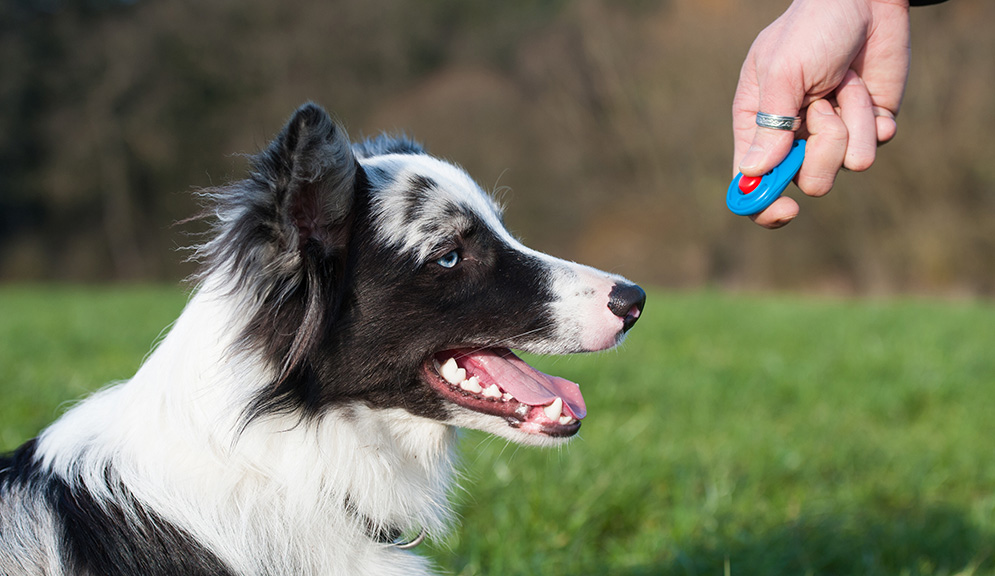How Dog Training Builds Trust and Confidence in Your Dog
How Dog Training Builds Trust and Confidence in Your Dog
Blog Article
Transform Your Pet's Actions With Proven Training Approaches
Transforming your canine's actions requires a nuanced understanding of their individual characteristics and requirements, in addition to the application of tried and tested training methods. By utilizing positive reinforcement and acknowledging necessary signs in their body movement, you can properly resolve usual behavior problems such as excessive jumping or barking. Consistency in your training approach not just enhances obedience yet likewise cultivates a deeper bond of trust and regard between you and your family pet. However, the course to successful transformation might present unanticipated challenges that warrant more exploration.
Comprehending Pet Behavior
Comprehending pet behavior is vital for reliable training and communication between people and their canine friends. Dogs, as social animals, display a variety of behaviors affected by genes, environment, and experiences - Dog training. Recognizing these habits assists proprietors customize their training approaches to meet the specific requirements of their pet dogs
Key aspects of pet dog behavior include body language, articulations, and social interactions. Furthermore, socializing plays a crucial role in forming behavior; pets that connect favorably with various other pets and numerous people are typically much more adaptable and well-adjusted.
Additionally, acknowledging anxiety signals-- such as pacing, evasion, or panting actions-- can protect against rise into more significant concerns. Owners who are in harmony with their canine's actions can develop a safe and caring environment, fostering depend on and enhancing the training procedure. Ultimately, a deep understanding of canine habits lays the structure for a harmonious relationship and efficient training end results, guaranteeing both pets and their owners flourish with each other.
Favorable Support Techniques
Positive support strategies are widely acknowledged as one of one of the most reliable approaches for training dogs, fostering a positive knowing setting. This technique involves fulfilling preferred actions with treats, praise, or play, consequently urging the dog to repeat those behaviors. Unlike revengeful techniques, positive reinforcement constructs depend on and enhances the bond in between the pet dog and the instructor.
To apply favorable support properly, timing is vital. Incentives should be given right away complying with the preferred habits to aid the pet make the link. Consistency is additionally vital; using the exact same commands and incentives helps the pet dog recognize what is expected. In addition, varying the benefits can keep the pet dog engaged - Dog training. Alternating in between treats, toys, and spoken appreciation can maintain rate of interest and motivation.
It is vital to keep in mind that positive reinforcement is not about bribery; rather, it has to do with reinforcing excellent habits. Over time, as the pet dog learns to connect specific activities with positive results, the frequency of benefits can be gradually minimized, transitioning to spoken praise or intermittent rewards. This method not only motivates obedience but likewise promotes a certain and delighted canine, making training an extra satisfying experience for both parties entailed.
Attending To Common Problems
Resolving common problems throughout dog training is necessary for ensuring a successful and unified connection in between the dog and its owner. Lots of pet owners come across behavior challenges, such as extreme barking, leaping, and leash drawing. Understanding the source of these habits is essential for reliable training.
To alleviate this, provide adequate physical workout, mental stimulation, and chances for social communication with both human beings and various other dogs. Training the canine to sit upon greeting can reroute this habits favorably.
Chain drawing is an additional widespread concern, frequently resulting from a canine's enthusiasm to discover. Utilizing appropriate leash managing methods, integrated with training procedures that motivate loose-leash strolling, can substantially boost this actions.
In enhancement, problems like source safeguarding or splitting up stress and anxiety need tailored methods. Gradual desensitization and counter-conditioning can be effective in resolving these difficulties. By recognizing and proactively handling these typical problems, canine owners can cultivate an extra pleasurable training experience and enhance the bond with their canine buddies.
Consistency in Training

To attain consistency, it is essential that all participants of the home abide by the very same training techniques. For example, utilizing the same spoken cues and hand signals makes sure that the canine receives consistent messages. Additionally, the timing of benefits and improvements should correspond; prompt reinforcement raises the probability that the pet will link the behavior with the result.
Regular method sessions, combined with organized schedules for feeding, walking, and playtime, help canines expect and recognize their setting, making them more receptive to training. Ultimately, uniformity cultivates a feeling of security and trust, encouraging pets to find out more efficiently.
Structure a Solid Bond
Exactly how can fostering a solid bond between a dog and its proprietor enhance the training experience? When a dog really feels protected in its link with its owner, it is extra most likely to display favorable habits and be receptive to finding out.
Additionally, a strong bond facilitates much better communication. Pets are proficient at reading human signs, and a trusting partnership enables clearer signals throughout training. Owners that invest time in structure this bond through play, socializing, and positive support create an atmosphere where pets feel anxious and motivated to find out.
Additionally, a well-established connection can lower anxiousness and behavioral concerns, as canines are much less likely to act out when they feel recognized and cared for. Consequently, prioritizing the advancement of a solid bond not just enhances the training experience however additionally contributes to a happier and extra well-adjusted canine. Eventually, the trip of training changes into a collaborative collaboration, leading More Info to lasting behavioral enhancements.
Verdict

Owners that are attuned to their dog's actions can develop a caring and risk-free atmosphere, promoting count on and improving the training process. Eventually, a have a peek at these guys deep understanding of canine habits lays the foundation for an unified partnership and efficient training results, ensuring both pets and their proprietors prosper together.
Addressing usual problems during pet training is necessary for making sure a unified and successful partnership in between the canine and its proprietor.Uniformity is a cornerstone of reliable pet dog training, as it establishes a clear structure for the canine to understand actions and assumptions.In conclusion, changing a canine's actions with proven training techniques requires an understanding of canine actions, the application of positive support her response methods, and an emphasis on consistency.
Report this page